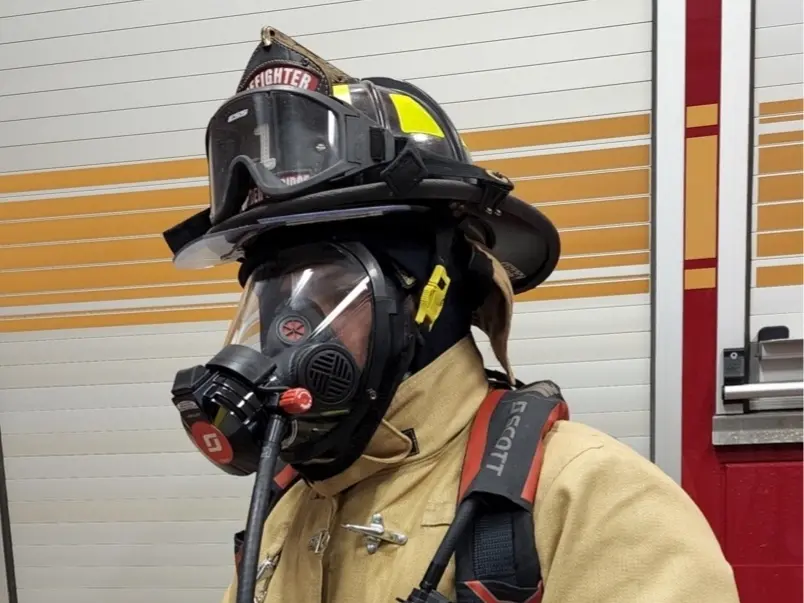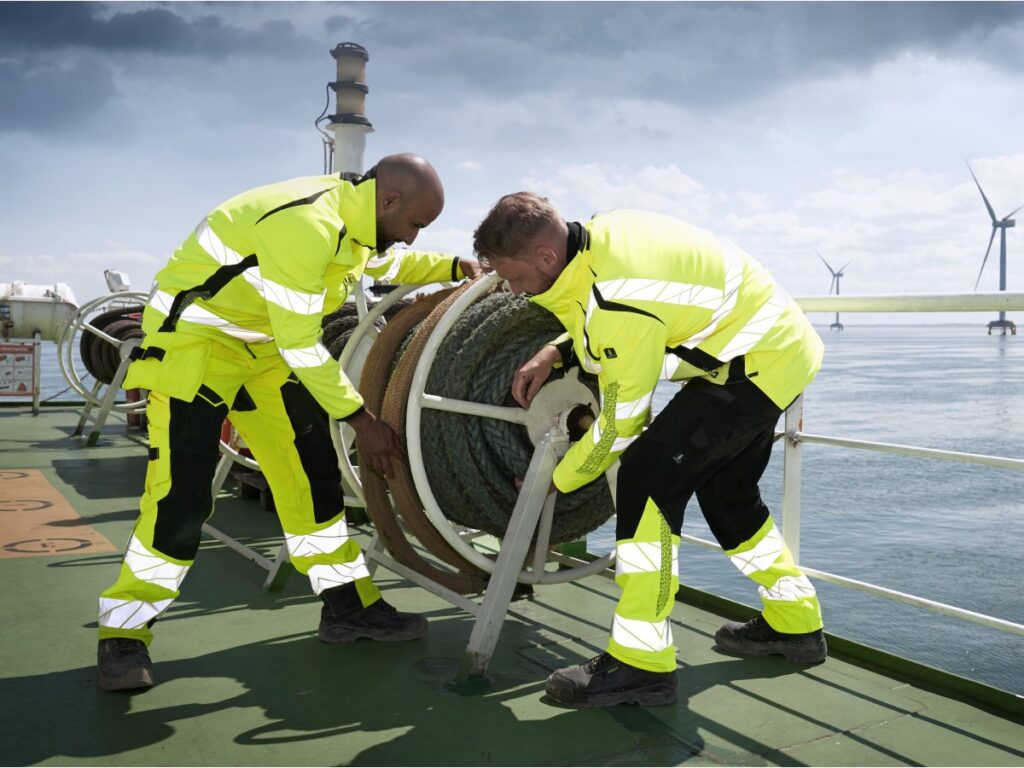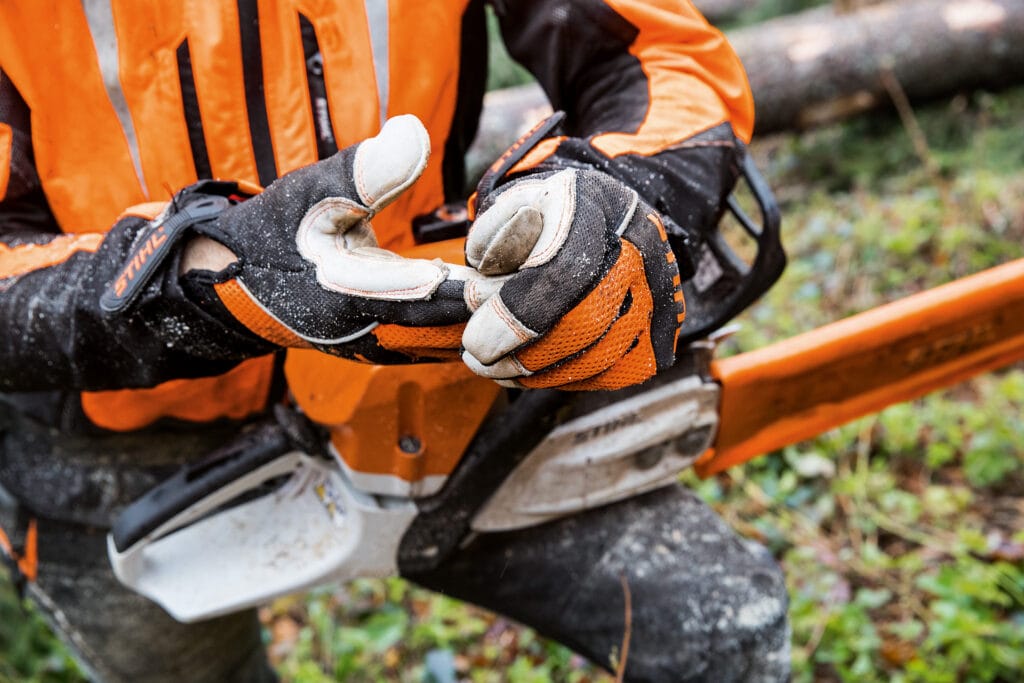
Buying respirators is only step one—OSHA compliance requires a full respiratory protection program, and procurement managers are key players in making it happen. Missing even one element, like fit testing or documentation, can lead to fines, audits, and shutdowns. This expanded guide includes real cases, cost implications, and practical strategies for buyers to ensure every purchase supports compliance.
OSHA’s Respiratory Protection Program (29 CFR 1910.134) requires employers to maintain a written plan, perform hazard assessments, select certified respirators, conduct fit testing, provide employee training, track maintenance, and keep records. All respirators must be NIOSH-approved.
Why Compliance Is Critical
Compliance isn’t just paperwork—it’s life-saving and legally enforced. A missing document or wrong filter can cost thousands and put workers at risk.
Case Example #1 (Construction Company, Florida):
Workers used half-mask respirators during demolition but had no written program or fit-test records. OSHA penalty: $18,450. Equipment was correct—but paperwork failure caused the fine.Case Example #2 (Metal Fabrication Plant, Illinois):
Disposable masks were reused without guidelines, violating OSHA storage and maintenance rules. Fine: $12,000 plus mandatory retraining and a 48-hour production halt.Case Example #3 (Oil & Gas, Texas):
During an accident investigation, OSHA requested compliance documentation. The company had respirator invoices but no hazard assessment or medical clearance records. Result: $45,000 fine and loss of a major contract worth $500,000.Case Example #4 (Global Pharma Facility):
Failed an ISO 45001 audit due to incomplete respirator maintenance logs. The impact? $1M delayed shipment penalties for non-compliance.
Key Components of an OSHA-Compliant Program
1. Written Respiratory Protection Program
- Must outline: hazard evaluation, PPE selection, fit testing, training, and maintenance schedules.
- Keep a signed copy accessible for employees and auditors.
- Many firms use OSHA templates or ISO-aligned digital solutions for easy updates.
2. Hazard Assessment
- Identify contaminants via air sampling or review Safety Data Sheets (SDS).
- Determine if engineering controls reduce exposure or if respirators are mandatory.
3. Respirator Selection
- Match hazard to NIOSH-approved equipment.
- Document model numbers, filter types, and APF ratings (Assigned Protection Factor).
4. Fit Testing
- OSHA requires:
- Initial fit test before first use
- Annual re-testing
- Types:
- Qualitative: Taste or odor-based (for lower-risk)
- Quantitative: Instrument-measured seal check
- Keep individual fit-test records for each worker.
5. Employee Training
- Must cover:
- How to wear and adjust respirators
- Filter replacement schedules
- Limitations of each respirator type
- Tip: Include visual guides or videos from suppliers in training kits.
6. Maintenance & Storage
- Regular cleaning for reusable respirators
- Store in clean, dry, contamination-free containers
- Track filter expiry dates and usage hours via log sheets or apps.
7. Medical Evaluations
- Required before fit testing.
- Conducted by a licensed healthcare provider.
- Keep confidential records for each employee.
Common Compliance Mistakes Buyers Can Prevent
- Procuring non-certified respirators (no NIOSH approval code or CE mark)
- Forgetting to include fit-test kits and spare parts in the purchase plan
- Ignoring filter compatibility checks when buying bulk replacements
- Missing training materials—leaving EHS to scramble for compliance
Audit Data:
In 2023, 72% of OSHA citations for respiratory programs were related to documentation failures, not missing equipment.
Procurement Best Practices
- Always request:
- NIOSH certification proof and product test reports
- Training materials and fit-test kit availability
- Spare parts supply agreement for long-term maintenance
- Consider suppliers offering:
- Digital compliance tracking tools
- Filter change alerts and inventory management systems
Quick Compliance Checklist
- [ ] Written respiratory protection plan complete
- [ ] Hazard assessment documented with sampling data
- [ ] Only NIOSH-certified or EN-compliant respirators purchased
- [ ] Fit-test records stored and updated annually
- [ ] Training delivered and signed-off logs maintained
- [ ] Spare filters, lenses, and maintenance kits stocked
- [ ] Medical evaluations documented and up to date
Buyer FAQ
Q: Do I need a written plan for voluntary respirator use?
A: Yes, even voluntary use requires a written policy and medical clearance under OSHA.Q: Can suppliers provide compliance support?
A: Yes—ask for templates, posters, and video training resources.Q: How long should I keep fit-test records?
A: At least until the next annual test, plus one year after employment ends for OSHA audits.Q: What’s the most overlooked requirement?
A: Medical evaluations and proper storage conditions for reusable respirators.
Additional Buyer Insights
- Align OSHA requirements with ISO 45001 to streamline global compliance.
- Track PPE digitally for multi-site operations.
- Bundle respirators, filters, and fit-test solutions in procurement to reduce costs and audit risks.
Conclusion
An OSHA respiratory protection program is not optional—it’s law. Buyers can prevent major compliance gaps by sourcing certified PPE, complete accessory kits, and compliance documentation support.
Need NIOSH-certified respirators with program assistance, filter supply, and training resources?
Email: [email protected]
Website: www.workwearsolutions.net
Zion Zhang
Recent Posts
 PPE Distributor Success Stories: From Small Orders to Large Contracts2025年8月20日I’ll never forget the story of a small distributor in […]
PPE Distributor Success Stories: From Small Orders to Large Contracts2025年8月20日I’ll never forget the story of a small distributor in […] How to Build a Strong PPE Sales Channel in Emerging Markets: A Buyer’s Guide2025年8月20日I was in a meeting with a distributor from Lagos, Nigeria, […]
How to Build a Strong PPE Sales Channel in Emerging Markets: A Buyer’s Guide2025年8月20日I was in a meeting with a distributor from Lagos, Nigeria, […] PPE Supplier Risk Management: How to Avoid Supply Chain Failures2025年8月20日One of the most valuable lessons I’ve learned in the PPE […]
PPE Supplier Risk Management: How to Avoid Supply Chain Failures2025年8月20日One of the most valuable lessons I’ve learned in the PPE […] PPE Quality Inspection: Buyer Case Studies2025年8月20日When you’re sourcing PPE from international suppliers, […]
PPE Quality Inspection: Buyer Case Studies2025年8月20日When you’re sourcing PPE from international suppliers, […] PPE Negotiation Tactics for Emerging Markets: A Buyer’s Guide2025年8月20日When I first started working in the PPE industry, I learned […]
PPE Negotiation Tactics for Emerging Markets: A Buyer’s Guide2025年8月20日When I first started working in the PPE industry, I learned […] Customizing Workwear & PPE for Local Markets: A Practical Guide2025年8月20日When I first started working in the PPE industry, I saw a […]
Customizing Workwear & PPE for Local Markets: A Practical Guide2025年8月20日When I first started working in the PPE industry, I saw a […]
CONTACT US
- Feel free to contact us any time. We will get back to you as soon as we can!
- +86-17330061805
